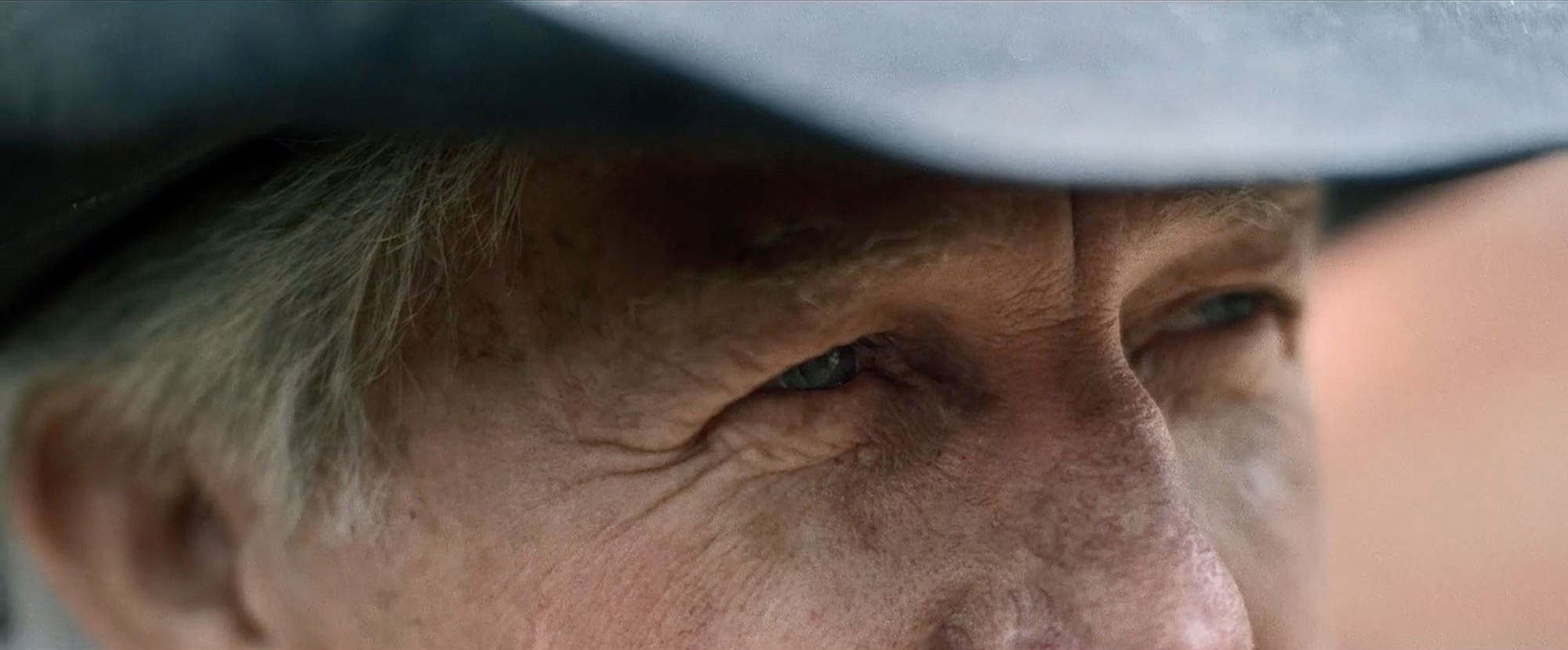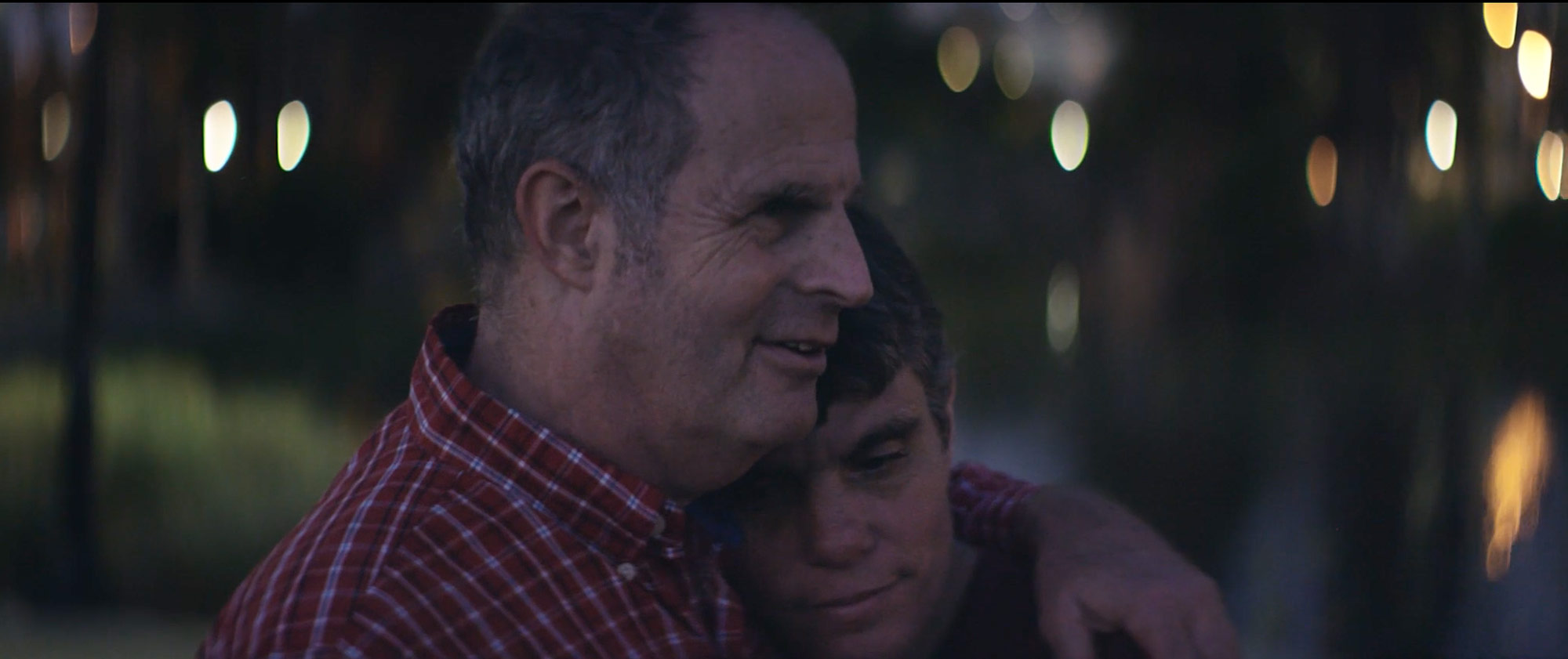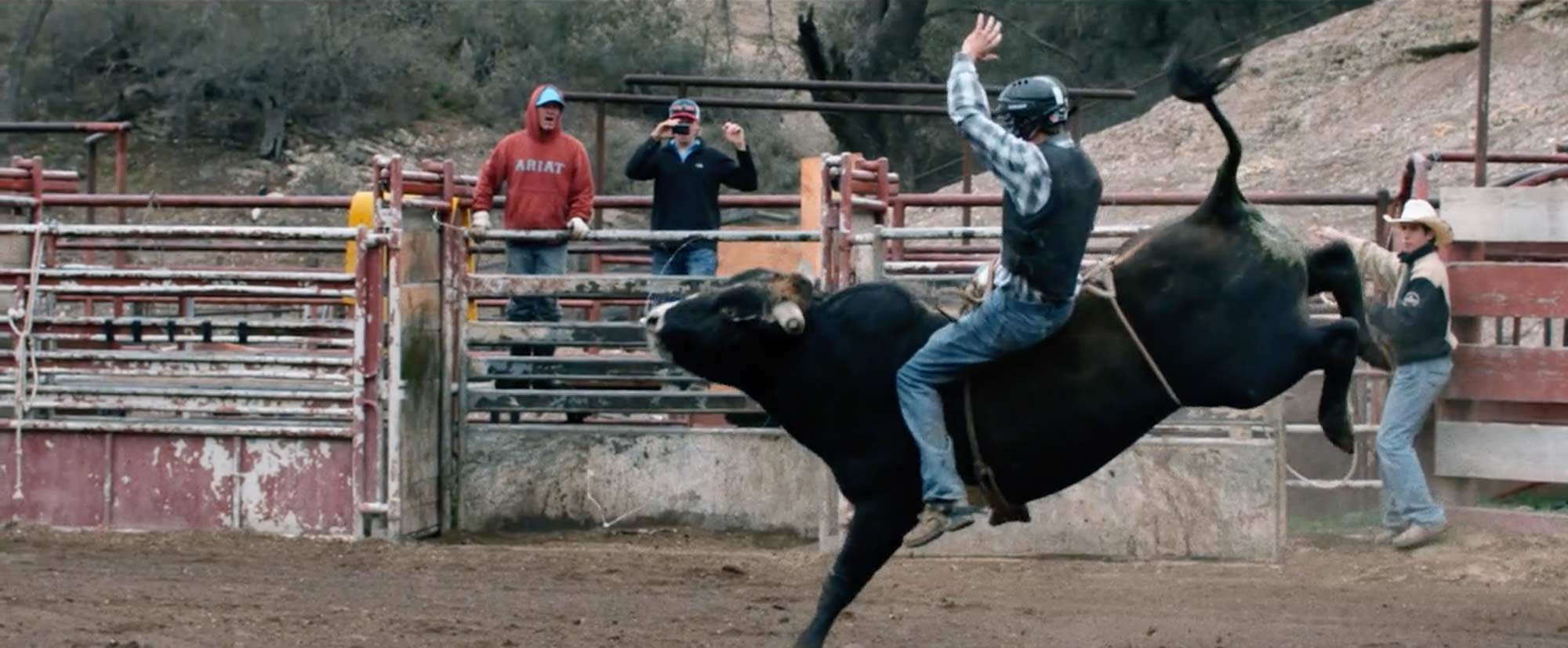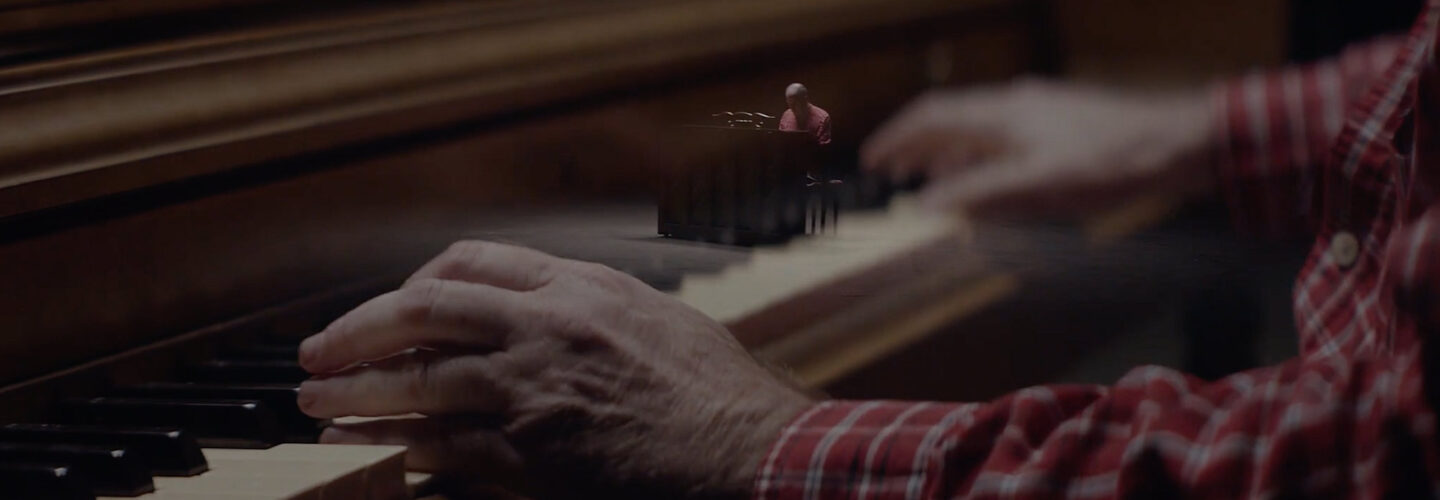
Created and produced by Joris Debeij, ongoing documentary series I Am Los Angeles marked the beginning of the LA-based director’s filmmaking career and now with over 30 films under his belt, Joris has firmly established himself as a talented and respected filmmaker. This is clearly evident in his ability to bring out the essence of a place and the souls of the people who live there – taking us on insightful personal journeys whilst indulging us with outstanding cinematography and the excitement of otherwise undiscovered tales. I caught up with Joris to find out what drives this ever so personal project and how he sources his colourful subjects.
Where did the inspiration for I Am Los Angeles stem from?
At its core, it was really the Angelenos that inhabit this city. I am mostly drawn to telling the stories of seemingly normal people by a lack of a better label. We live in a divided world, I love to be inspired, energised, and amazed by the people who live right next to me, or next to you. I landed in this city with a journalism visa, but I noticed quickly that what was asked of me as a journalist was not inspiring to me, as most of it seemed to be more entertainment news pulp. Parallel to this, I Am Los Angeles was also my entry into filmmaking, there are now 30+ films on the website, all created by me, researching the stories and directing the films.
You’ve featured such a diverse set of stories and lifestyles, how do you go about sourcing your subjects?
In the beginning, I had little clue of what I was doing and was mostly sourcing print stories that I thought were interesting, in a way that was really me finding my voice. What is my voice? What kind of stories do I want to tell? Perhaps the beginning was also me getting to know America, California, Los Angeles. I feel like in that regard this project to me has been so much more than an online documentary project.
As time progressed I found a stronger voice, I have certain themes that I have really strong interests in and feel very strongly that these stories need to be told. At the same time, I’ve spent a lot of time in the city, in different neighbourhoods, with different people, these experiences help me in deciding if there is a film there. Sometimes it can take quite a while, and I ask a lot from my subjects as I do really want to get to know them because if I am going to make a film about a person, I really need to understand this person.

How do you know when you have found a good subject for a film?
Being able to connect with a subject, to understand the story and find a fresh way of telling the story are all elements that are important to me when making a film. You need to be patient with it, willing to invest time, I think an audience really can tell these days when something feels more on the surface. I think when you feel that all those elements are right you should go for it and find a way to make it.
The project has been running for years now, did you initially intend on the project running for so long?
I never had a timeframe for this project, it has been a nice vehicle to produce work. I think it will always be alive, and it is often on my mind. I have always said and thought I would hopefully always create films for this project. It most certainly always fires me up to go out and be inspired outside of a computer screen.

What have you learnt throughout the process?
Everything you see on the screen, from filmmaking, connecting with people, the world, feeling alive. So much of it all is connected, it has really given me a perspective on life. Getting to know people from different walks of life, social classes, economic classes, but as well, really learning about making films and telling stories.
The style and form of the films have changed as the project has progressed, is this something that happened naturally?
One of the things I’ve learned about myself is that I think the details are important. The age old cliche of being your worst critic is true for me as well. It is always really easy to pick out the things you did not like and anticipate that on the next shoot, that is a reoccurring event. But it is equally as important to look at what you do like and then question why. We all evolve all the time, as people, as filmmakers as artists – makes it fun and keeps it fresh.


The films have gained much notoriety and have been featured on CBS, The New York Times, BBC, The Los Angeles Times, The Atlantic, and screened at festivals worldwide. How did you go about promoting the project to gain this amount of traction?
Something this project did was really make me get out of the house, there was a time I did not feel good about myself and about the things I was doing professionally. I got a good kick in my bum and got out of my four walls and went outside. Once I felt comfortable again with myself and the things I was creating I felt it was good to push out work as well to larger platforms. Some reached out on their own, others saw my work once submitted. It is kind of a two-way street that never stands still.
I ask a lot from my subjects as I do really want to get to know them.
Perfectly Normal represents the thought process of Jordan, a quick-witted middle-aged man with Asperger’s syndrome. How did you decide the best shape and form with which to portray that onscreen?
I feel like there are a lot of films that document the special abilities people have with a syndrome like Aspergers / Autism, think of a movie like Rain Man. However, I was much more interested in how something like Autism would look in a very practical sense. I get that you can have hyper interests in certain things, but really what does this look like?
I spent much time with Jordan, the main character of the film, prior to filming for many reasons, but I was really interested in what happens between his ears. I gave my own interpretation for this based on what Jordan told me. He is a very well spoken gentleman, he is very high functioning, which is not true for a lot of people with Autism. It is complicated and different on a case by case basis, similarities as well. Jordan is just one person, this is his story, a look into his world, into his thinking patterns.

How much pre-planning went into the creation of Perfectly Normal?
Technically production was pretty simple, we shot for 5 days with a minimal crew and a small camera package. Most of the time really went into the getting to know Jordan and his girlfriend, Toni. Based upon how I knew them I proposed to capture certain scenes and moments with them, they were open to all of them. Then it was just a matter of fitting it all in the 5 days that we had to get it all done.
What equipment did you use?
We used a small camera package, we shot everything on a Red Epic camera with Lomo Anamorphic lenses. I think that cinematography and visual language needs to have a lot of attention. We planned on capturing a lot of seemingly mundane moments, by using an anamorphic lens we wanted to bring something cinematic to the film since we at the same time wanted to be respectful of our subjects and the spaces that they live in.

How did you come to collaborate with talented Cinematographer Nate Hurtsellers?
Ha, we came up through the ranks together, I was supposed to shoot a project with a more established cinematographer at the time, he said to meet up with Nate as he heard he was one of the top students in the cinematography program at AFI. We had some coffee and have had many cups since. We get along well, have similar personalities and very similar taste, plus we are always hyper critical of how we can improve.
There’s a huge contrast between the excitement and madness of bull riding and the relaxed calm atmosphere you present when shooting the subject. What was your thought process when deciding on this dynamic?
We were very interested in creating visuals that represented his state of mind, he is very calm, balanced, focused, relaxed, very zen. Utilising tripods and Steadicam allowed us to be very composed just like him. The high speed I think made you more aware of this.
And finally, what delights do you have install for us next?
I just finished a new short documentary, it is really a father and son story that is set in a California border town. I am not sure when it will be released but if all is well it will be sometime this year.


